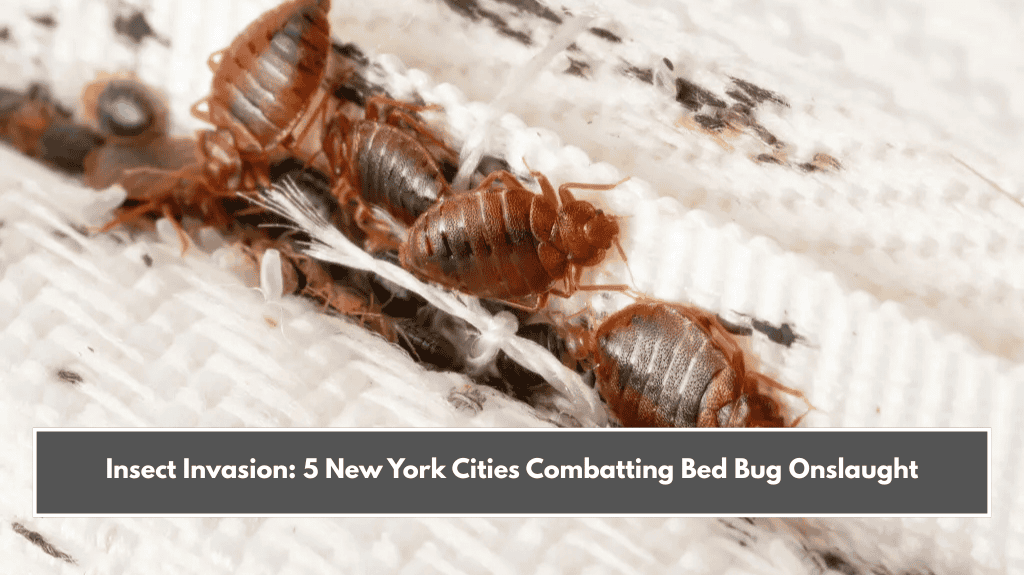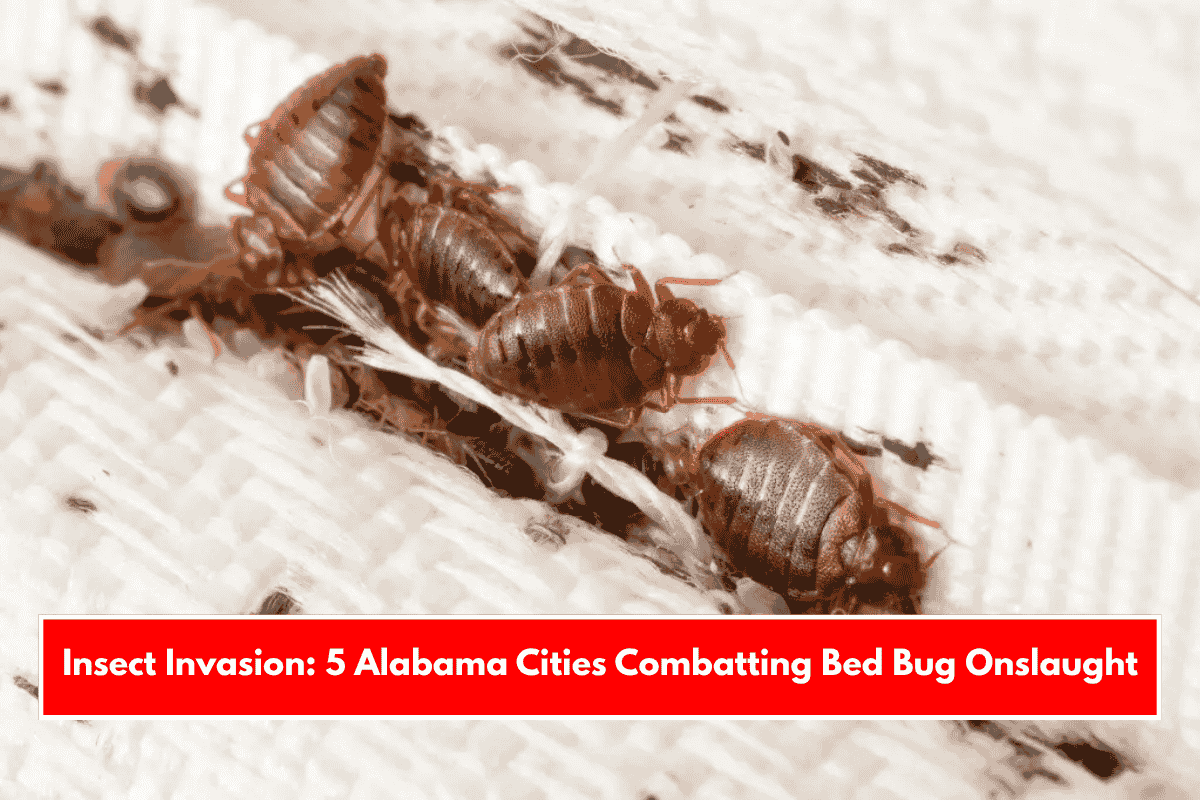Bed bugs, the tiny blood-sucking insects that haunt bedrooms and public spaces alike, have become a persistent menace across New York State. Once thought to be a problem confined to New York City, recent data shows that the bed bug onslaught is now a statewide crisis, with several cities ranking among the worst in the nation for infestations. Here’s how five New York cities are fighting back against this resilient pest.
1. New York City: The Relentless Epicenter
New York City consistently ranks at or near the top of national lists for bed bug infestations, coming in second only to Chicago in Orkin’s 2024 “Top 50 Bed Bug Cities” report. The city’s dense population, constant influx of tourists, and high volume of multi-unit housing create ideal conditions for bed bugs to thrive and spread.
Combat Strategies:
- Strict Regulations: NYC law requires property owners to hire licensed pest control professionals and to address infestations promptly. Tenants must be notified of infestations in adjacent units within 72 hours, and landlords must post notices for common area outbreaks.
- Public Awareness: The city provides extensive resources for prevention, early detection, and safe eradication, including guides and hotlines for tenants and landlords.
- Integrated Pest Management: Exterminators use a combination of heat treatments, steam, and targeted pesticides, as bed bugs have developed resistance to many chemicals.
2. Buffalo: Battling Beyond the Bedroom
Buffalo has emerged as one of the worst-hit cities in upstate New York, with infestations spreading beyond homes to offices, senior centers, and even industrial sites like the Tesla Factory. The city’s older housing stock and high rates of multi-family dwellings exacerbate the problem.
Combat Strategies:
- Community Inspections: Regular checks in high-risk environments such as nursing homes, hotels, and public offices.
- Education Campaigns: Local authorities and pest control companies teach residents how to spot early signs of infestation and avoid bringing bed bugs home from public spaces.
- Professional Intervention: Emphasis on professional extermination, as DIY methods are rarely effective for large-scale infestations.
3. Albany: Legislative Action and Tenant Protections
Albany, the state capital, has seen a rise in bed bug complaints, prompting legislative updates to disclosure laws. Landlords must now notify tenants in adjacent units of any infestation within 72 hours, a move designed to halt the rapid spread in apartment complexes.
Combat Strategies:
- Disclosure Laws: Enhanced legal requirements for landlords to inform tenants and post notices in common areas.
- Tenant Support: Resources for tenants to report non-compliant landlords and seek city intervention.
- Preventive Maintenance: Encouragement of regular inspections and sealing of cracks and crevices in older buildings.
4. Syracuse: Multi-Front Defense
Syracuse ranks among the top 100 worst U.S. cities for bed bugs, with infestations reported in homes, hotels, and public venues. The city’s moderate urban density and frequent travel connections make it a hotspot for bed bug migration.
Combat Strategies:
- Rapid Response Teams: Local pest control services offer emergency treatments and follow-up inspections.
- Public Health Outreach: City health departments distribute information on how to check for bed bugs in hotels and public spaces, especially during peak travel seasons.
- Integrated Treatments: Use of heat, steam, and diatomaceous earth to combat pesticide-resistant bugs.
5. Binghamton: Education and Early Detection
Binghamton, while smaller than the other cities listed, has seen a surge in bed bug cases, particularly in university housing and public-facing offices. The city’s approach focuses on education and early intervention.
Combat Strategies:
- University Partnerships: Collaboration with local colleges to educate students on prevention and reporting.
- Routine Inspections: Regular checks in high-traffic public buildings and shared housing.
- Community Hotlines: Easy reporting mechanisms for suspected infestations, ensuring swift action.
The Road Ahead: Challenges and Innovations
Despite aggressive efforts, bed bugs remain a formidable foe. Their resistance to pesticides, ability to hide in tiny crevices, and rapid reproduction make eradication difficult and costly. Nonchemical methods like heat and steam are effective but expensive and slow, often requiring multiple treatments and ongoing vigilance.
Key Takeaways:
- Prevention and Early Detection: The most effective strategies involve public education, regular inspections, and prompt professional intervention.
- Legislative Support: Strong disclosure laws and tenant protections are critical in multi-unit housing environments.
- Community Involvement: Combating bed bugs requires cooperation between residents, landlords, pest control professionals, and local governments.
As New York’s cities continue to battle the bed bug invasion, their experiences offer valuable lessons for urban centers nationwide: vigilance, transparency, and innovation are essential to keeping these persistent pests at bay.
Sources:
- https://www.nyc.gov/site/hpd/services-and-information/bedbugs.page
- https://www.nbcnewyork.com/news/local/nyc-nears-top-of-the-list-for-worst-bed-bug-cities-but-once-city-was-worse-again/5078682/
- https://www.seyfarth.com/news-insights/new-york-state-amends-2024-bed-bug-disclosure-law.html
- https://www.standardpest.com/ny-bed-bug-service-treatment/
- https://www.envirotechpestcontrol.com/bed-bugs-growing-concern/















